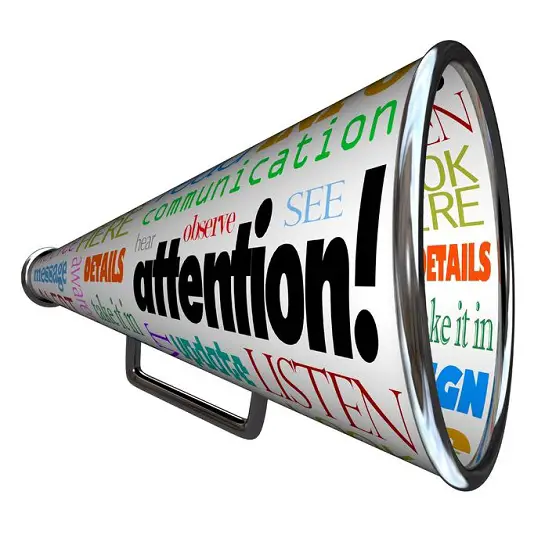Being a young professional is hard sometimes. Between work/life balance and climbing the career ladder, it’s a challenge to navigate this stage of life.
 As a young PR professional, hard work alone is not enough to get you noticed. You must learn to build and leverage relationships, develop leadership skills, and stand out amongst your peers to achieve success in the awkward stage between an entry level position and a managerial role.
As a young PR professional, hard work alone is not enough to get you noticed. You must learn to build and leverage relationships, develop leadership skills, and stand out amongst your peers to achieve success in the awkward stage between an entry level position and a managerial role.
Here are a few ways to navigate your career when you’re in the stage between recent graduate and mid-level employee, so you don’t feel like you are in career purgatory:
Raise Your Hand
Build your reputation at work by volunteering for side projects or taking on extra responsibility. You want to show your team and bosses that you are willing to take initiative to help the team stay on track, are reliable and engaged in the company, and committed to the growth of your career.
When working on projects out of your day to day task, you are able to network with colleagues in different departments and learn skills that will benefit you in the long run. Your superiors will take note and soon enough you’ll get the promotion you’re dreaming of.
Attend Conferences
The learning doesn’t stop after college. In addition to reading the news and case studies, attend conferences and webinars. There is a wealth of information out there to help you grow as an employee and it’s even better when you can learn from industry professionals.
Conferences and webinars give you the ability to learn about new industry trends, network with professionals of all levels, and hopefully encourage a new way of thinking about your career. As markets evolve, you have to make sure you stay sharp and ahead of the curve.
Join Professional Groups
There is power in numbers and professional groups are a great way to get ahead. Networking opportunities and mentor/mentee relationships are great reasons for joining professional groups but the biggest perk is being able to serve on a committee.
When you are active in an organization, you see the impact of the different functions that make an organization work.
Pick Up a Side Hustle
All work and no play makes John and Jane dull employees. As much as you invest in your career, invest in your passion.
Your side hustle can be anything from doing PR for a local band in your city or planning events for a non-profit you believe in. Stay well rounded and follow your heart. You don’t have to go through a quarter-life crisis!
Speak Up
Don’t be intimidated in meetings and brainstorming sessions; you were hired for a reason so show the team what you can bring to the table. It is your job as a young professional to give a fresh perspective.
Have the confidence to speak up on opportunities a client can take advantage of, share your viewpoints while developing strategies, and most importantly don’t be afraid to ask questions.
The road to success is not a straight one, but you steer the wheel. Taking initiative and developing leadership skills is key to your success as a young professional. Do you have any suggestions on navigating your career when you’re not quite a recent graduate but not yet a manager?
—
Jasmine L. Kent, a member of PRSA-NCC, focuses on building community through dynamic events and engaging online marketing as a freelance integrated communications professional in Washington, DC. Keep up with her on Twitter at @LoveJasPR or visit LoveJasPR.com.







